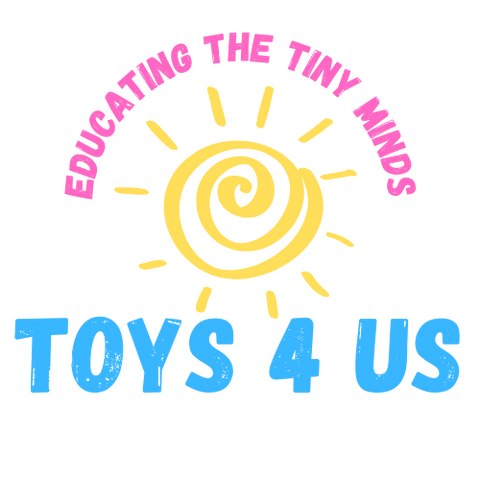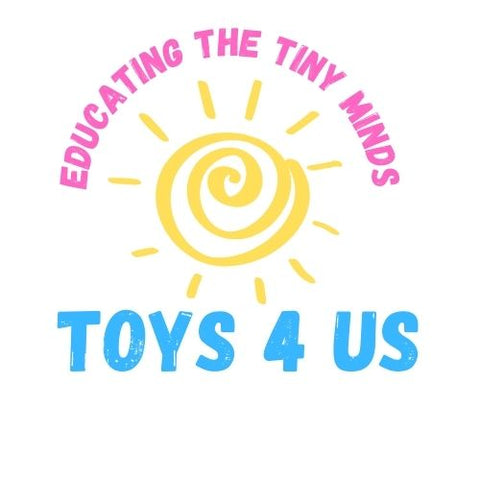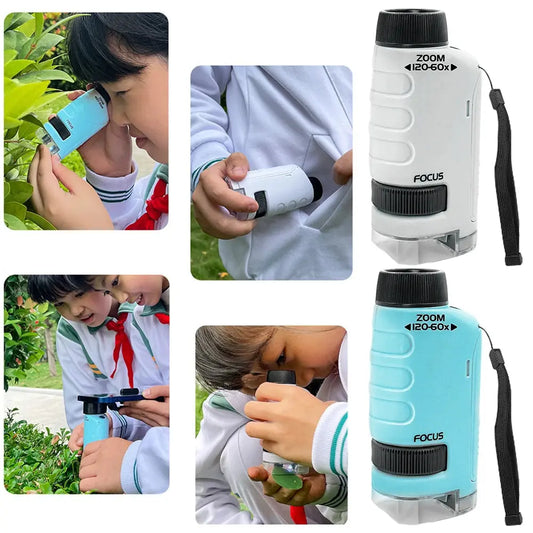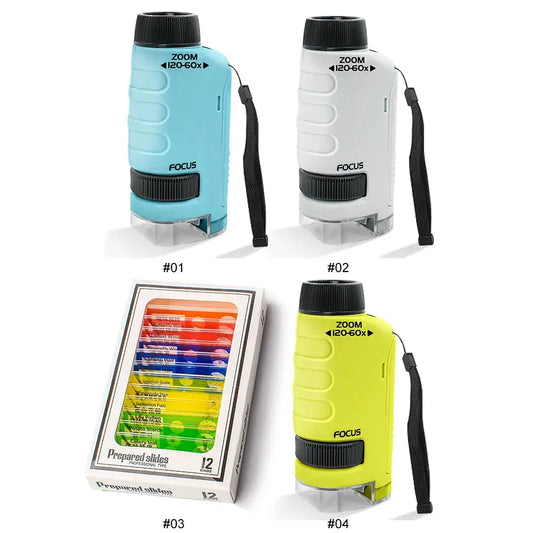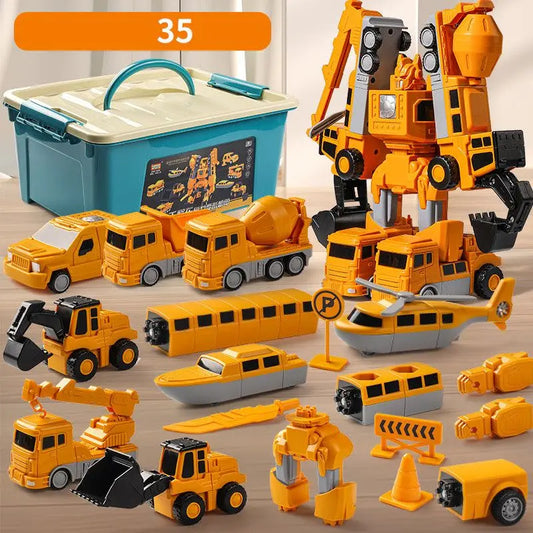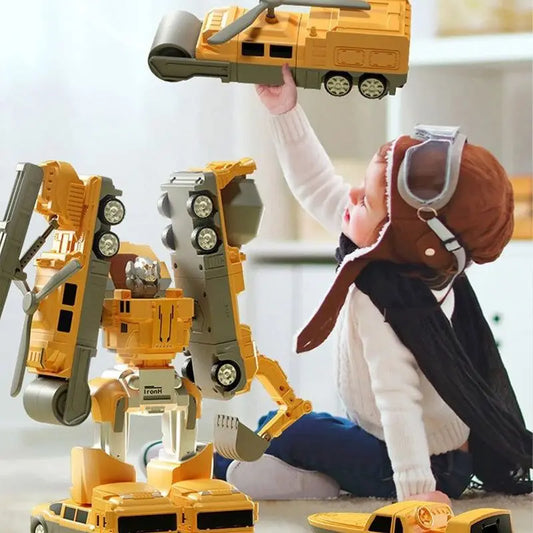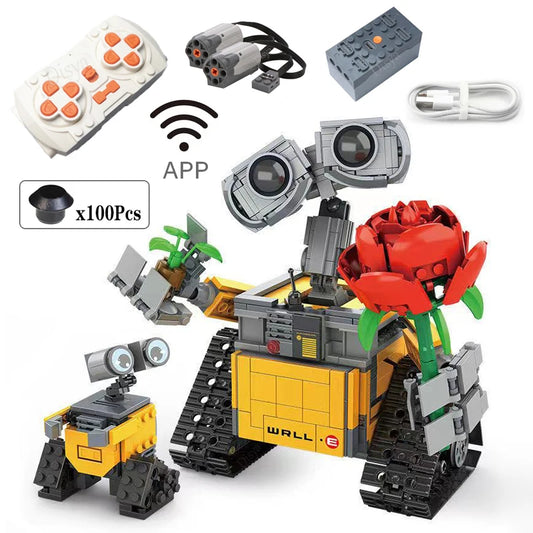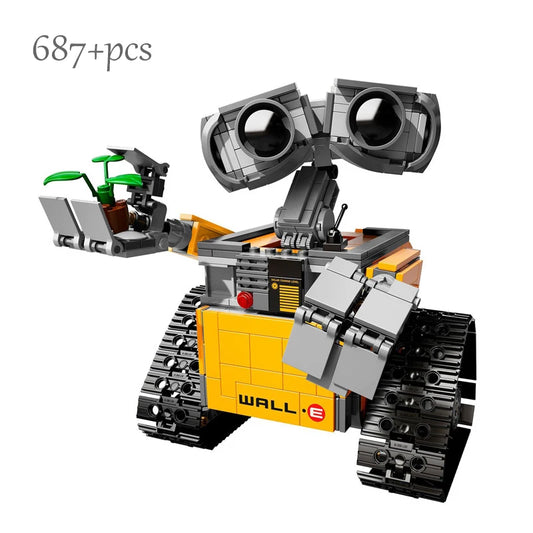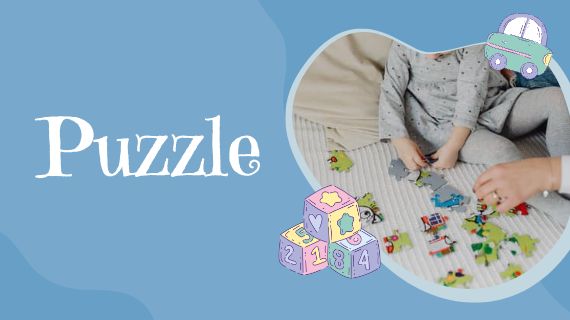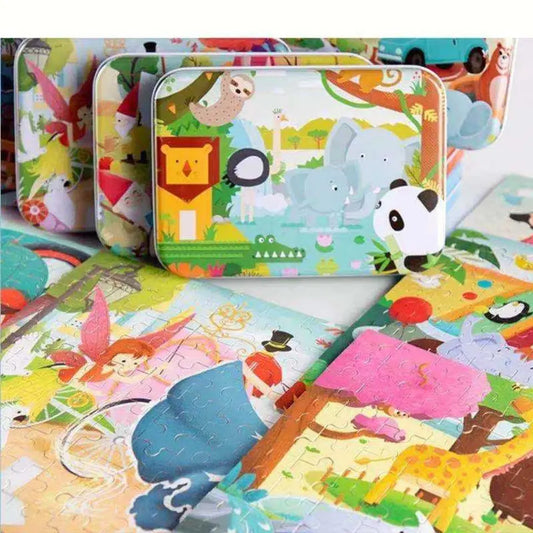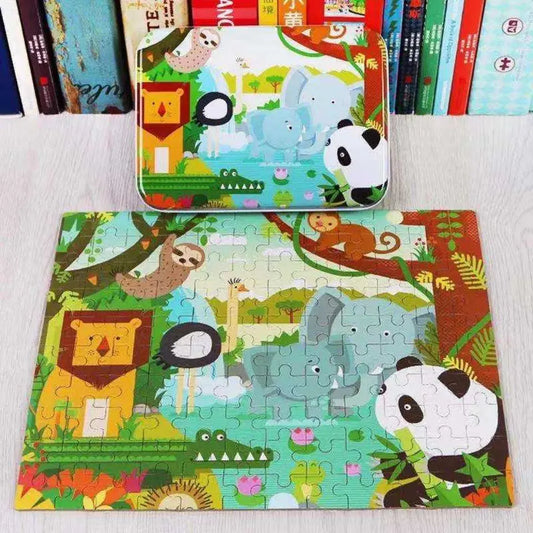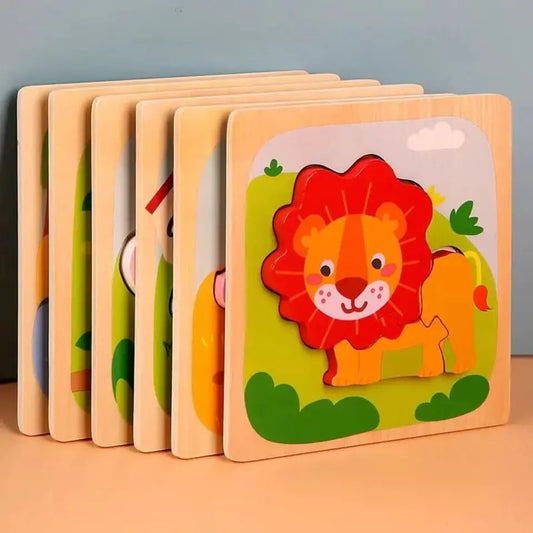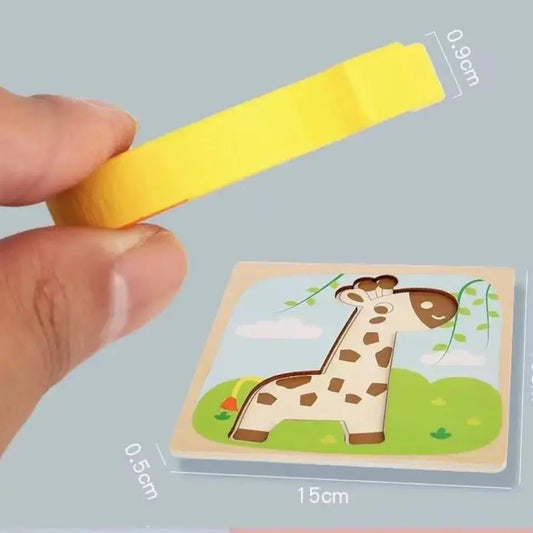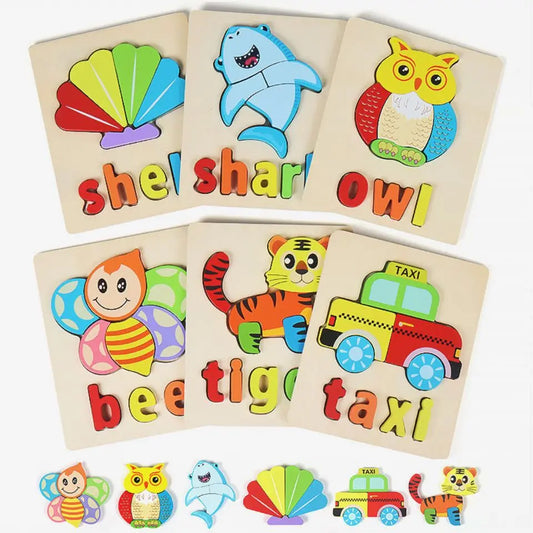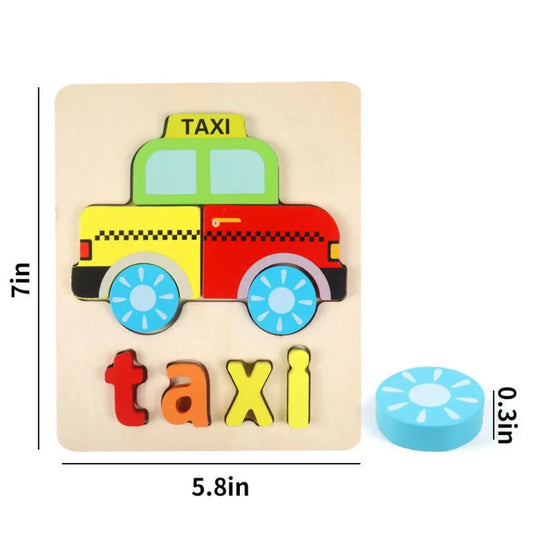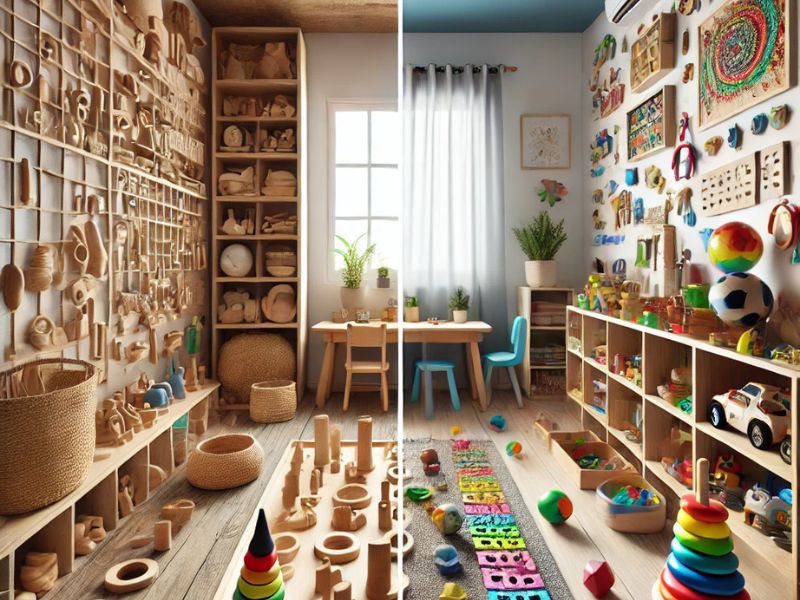Montessori Toys vs Conventional Toys: The toys we choose for children play a significant role in their early development, influencing their learning, creativity, and skills. In recent years, Montessori toys have gained popularity among parents and educators who want to provide effective learning experiences. This Guide to Montessori Toys in Australia explores how Montessori toys differ from conventional toys and why they are considered valuable tools for promoting children’s development. Specifically, we will discuss how these toys can Promote Independent Learning for Kids, highlighting their advantages over conventional options. Montessori Toys Australia provides a wide range of thoughtfully designed products that align with children’s natural learning needs, emphasizing hands-on exploration and problem-solving.
Montessori toys are intentionally designed to be simple, functional, and engaging. These toys use natural materials like wood, allowing children to explore their senses while developing cognitive and motor skills. Unlike many conventional toys that focus on entertainment, Montessori toys encourage children to think, experiment, and learn independently. For instance, activities such as stacking rings, puzzles, and bead threading promote problem-solving and creativity. The open-ended nature of Montessori toys gives children the freedom to play and explore in multiple ways, supporting their imagination and building self-confidence. Conventional toys, on the other hand, often have fixed uses and electronic elements that limit creativity and engagement.
1. The Fundamental Differences Between Montessori Toys vs Conventional Toys
Montessori toys and conventional toys differ fundamentally in their design, purpose, and approach to play. Montessori toys are designed to be simple, functional, and open-ended, emphasizing a child’s natural curiosity and need for exploration. These toys often use natural materials like wood and focus on activities that promote cognitive, physical, and sensory development. Examples include stacking rings, puzzles, bead threading sets, and sensory boards.
On the other hand, conventional toys are typically designed with entertainment in mind. They often feature bright colors, lights, and sounds, and may include electronic or battery-operated elements that aim to capture a child’s attention. While these toys can be engaging and fun, they are often passive in nature, with limited opportunities for the child to actively participate. Many conventional toys also offer single-use features, restricting a child’s imagination and creativity.
The Montessori approach emphasizes that children learn best when they have the freedom to explore and manipulate objects without fixed rules or instructions. Montessori toys, therefore, allow for multiple ways of play, encouraging children to think creatively and solve problems on their own. Conventional toys, in contrast, often lead children to follow set patterns, which can limit their problem-solving skills and creativity.

2. Supporting Cognitive Development: Montessori vs. Conventional Toys
Cognitive development is crucial for a child’s growth, as it encompasses thinking, problem-solving, and decision-making skills. Montessori toys are specifically designed to support this aspect of development by providing children with opportunities to engage in self-directed, hands-on activities that challenge their thinking.
For example, Montessori puzzles require children to fit pieces together, teaching them about shapes, spatial relationships, and problem-solving. Building blocks and shape sorters are other examples of toys that engage children’s cognitive skills by encouraging them to experiment with balance, structure, and design. These activities help children develop concentration, memory, and attention—all essential cognitive skills that are built through active engagement.
In contrast, many conventional toys do not offer the same level of cognitive engagement. Electronic toys, for instance, often focus on providing instant feedback through lights and sounds but do not challenge a child’s thinking. These toys can become repetitive, leading children to passively engage without fully using their problem-solving skills. When children are not given the opportunity to think critically or explore different ways of playing, their cognitive development can be limited.
By offering toys that are open-ended and allow for experimentation, Montessori toys provide children with a more enriching play experience that supports cognitive growth and independent thinking.

3. Physical Development: How Each Toy Type Affects Motor Skills
Physical development, especially fine motor skills, is another area where Montessori toys excel. Fine motor skills involve the coordination of small muscles, such as those in the hands and fingers, which are essential for tasks like writing, drawing, and manipulating objects. Montessori toys are designed to support these skills by encouraging children to use precise movements.
For instance, bead threading sets, stacking toys, and pegboards are Montessori toys that require children to grip, manipulate, and place objects with accuracy. These activities help strengthen hand muscles and improve hand-eye coordination. Additionally, gross motor skills are supported by toys like balance boards and climbing frames, which challenge children’s balance, strength, and coordination.
In contrast, conventional toys that feature electronic components or flashy designs may not provide the same opportunities for physical development. Many of these toys require limited movement or involve passive engagement, such as pushing a button to activate a light or sound. While some conventional toys do encourage physical activity, such as toy cars or ride-on toys, they often do not provide the same level of precision and coordination needed for developing fine motor skills.
By focusing on hands-on activities that require physical interaction, Montessori toys help children develop their motor skills in a more structured and effective way.

4. Promoting Creativity: Open-Ended Play vs. Fixed Functionality
One of the greatest strengths of Montessori toys is their ability to promote creativity through open-ended play. These toys are designed with simplicity in mind, allowing children to use their imagination to explore different ways of interacting with them. Wooden blocks, for example, can be stacked, arranged, and built into endless configurations, allowing children to create structures, scenarios, and stories based on their ideas.
Other Montessori toys, such as art supplies, wooden figures, and pretend food sets, encourage role-playing and storytelling. These activities help children practice language skills, develop empathy, and explore new ideas, all of which are critical for cognitive and social development.
In contrast, many conventional toys are designed with fixed features and functions, limiting the ways in which children can interact with them. A toy that makes sounds or lights up when a button is pressed may entertain children for a short period but does not offer opportunities for them to create or invent. When toys have a single function, children are less likely to engage their imagination or explore alternative ways of playing.
By offering toys that are open-ended and adaptable, Montessori toys support children’s creativity and encourage them to think outside the box.

5. Independence and Self-Confidence: The Montessori Advantage
Montessori toys are designed to promote independence by allowing children to explore and learn at their own pace. The Montessori method emphasizes that children should be given opportunities to solve problems, make choices, and complete tasks independently. Montessori toys align with this principle by encouraging self-directed play and problem-solving.
For example, practical life toys like child-sized kitchen sets, cleaning tools, and dressing frames enable children to practice real-life skills on their own. These toys not only teach valuable skills but also build self-confidence as children gain a sense of accomplishment from completing tasks independently.
On the other hand, conventional toys often require adult intervention or operate in ways that restrict a child’s ability to explore independently. For instance, electronic toys may require an adult to change batteries or reset settings, while toys with specific instructions can limit a child’s freedom to experiment and learn from mistakes.
By providing toys that foster autonomy, Montessori toys help children develop confidence and a sense of responsibility, laying the foundation for a more self-reliant approach to learning and problem-solving.
6. Sensory Development: Engaging the Senses Through Play
Sensory play is an essential component of child development, as it helps children make sense of their environment through touch, sight, sound, and movement. Montessori toys are designed to engage children’s senses in a way that supports their natural curiosity. For instance, sensory boards feature different textures and materials, such as sandpaper, fabric, and wood, allowing children to explore various sensations.
Montessori toys like sand and water play tables also provide opportunities for tactile exploration, helping children learn about cause and effect through pouring, scooping, and shaping materials. These activities are crucial for developing sensory awareness and understanding the physical properties of objects.
Conventional toys that include lights, sounds, and synthetic materials may not offer the same depth of sensory experiences. While they can be visually and audibly stimulating, these toys often lack the tactile engagement provided by Montessori toys made of natural materials.
By prioritizing sensory-rich experiences, Montessori toys allow children to develop a more comprehensive understanding of their surroundings and engage with their environment in a meaningful way.
Conclusion: Why Montessori Toys Are a Better Choice
The comparison between Montessori toys and conventional toys highlights the distinct advantages Montessori toys offer in supporting children’s cognitive, physical, and emotional development. By providing open-ended, hands-on activities, Montessori toys encourage children to explore, create, and learn independently. These toys foster a deeper sense of creativity, problem-solving, and independence, making them more effective tools for early childhood development.
In contrast, many conventional toys focus on entertainment and passive engagement, which may limit a child’s growth and learning opportunities. While these toys can be fun, they often do not provide the same level of enrichment as Montessori toys.
If you are a parent or educator looking to support a child’s development in a meaningful way, Montessori toys are a valuable investment. They offer children the freedom to explore and learn at their own pace, promoting skills that will serve them well into adulthood. By choosing Montessori toys, you can create an environment that nurtures curiosity, creativity, and independence—key components of lifelong learning.
